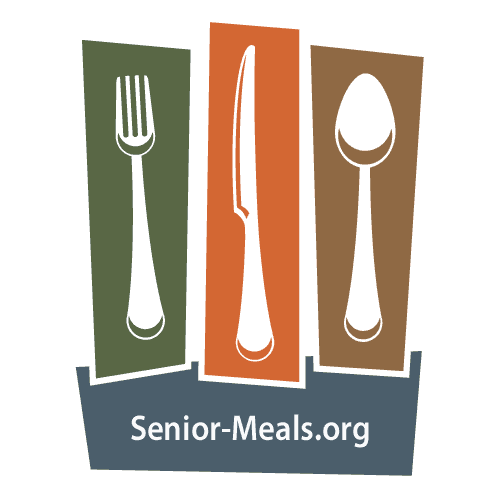Continuing Care
Senior Continuing Care - Tips for Family Caretakers by Senior-Meals.org
What is Senior Continuing Care?
As baby boomers and the generation born before them age, medical needs change as well as nursing services needed. The simple fact is that more Americans are living longer than in any other period in history. At some point, older citizens will need monitoring as their health care needs become more comprehensive.
If care is needed on a daily, ongoing basis, family caregivers and home caregivers may consider the need for continuing care. This type of care is a solution that helps families provide the best available care for their senior loved ones, while often enabling the seniors to retain a large portion of their independence.
Quite simply, it is Senior Continuing Care is constant care. Services can include"
- Private duty services tailored to meet individual needs. Most private duty continuous care services are paid directly by the patient or family caregivers.
- Personal care services such as moving and positioning, incontinence care, administering medications or reminding the client when medications need to be taken, special diet preparation as well as feeding, oral and personal hygiene, and housekeeping services. Personal care services may consist of merely providing companionship and reminders, or they can consist of full-duty nursing.
- Home health services such as wound care, ostomy services, IV therapy, disease management functions as well as preventive care.
Continuing Care Communities
Sometimes called retirement communities or life-care communities, these are generally offered as either a high-rise type of apartment building or as a gated campus-style community. Continuing care communities also include Continuing Care Retirement Communities or CCRCs.
A continuing-care community can be composed of independent living units, assisted living units or nursing home units. It is possible to have each type under one building or in one setting.
Each continuing care community is designed to accommodate the needs of each resident. These needs may change from day to day or year to year. Younger seniors who first enter continuing care communities generally reside on their own in either condo-style homes, single-family apartments, or small single-family homes.
Once assistance with daily activities becomes necessary, they can move into assisted living facilities and from there, into nursing-home-style facilities. The main advantage is seniors can live with the level of aid they need. They also receive the assurance that they will stay within one particular community.
These communities can be expensive. There is a fee payable on entrance into the community as well as a monthly charge. However, this expense is offset by the knowledge that the amount paid covers all levels of care and often include senior meals, transportation, housekeeping services, as well as social and recreational activities
Continuing Care Services
This type of care service differs from respite services in that respite services are offered occasionally to give family caregivers and home caregivers a much-needed and well-deserved break. Continuing care services are continual, on-going services that may include respite care for the caregivers, as well as including hospice care. These services may be provided at home, in a continuing care facility or a nursing home or hospital.
Personal care includes rotating and turning patients or clients on a continual basis so they do not develop bedsores, reminding those who are ambulatory to take their medications, either ordering senior meals or preparing senior meals for clients and ensuring they eat, as well as working with them on range of motion exercises to keep them fit.
Respite care provides care during breaks so that continuous caregivers are able to take a break and relax. Often, continuous caregivers and respite caregivers work hand-in-hand to provide for the best needs of the patient.
Hospice care is a branch of the continuing care services tree that provides continual end-of-life support. Hospice care provides continuous pain management as well as providing medical, spiritual and psychological care and support.
Continuing Care Health Care
While continuing care health care provides services within a continuing care facility, it may also provide health care within the home. In fact, while continuing care health care is mainly provided to seniors, it may also be provided to anyone who has a debilitating disease or long-term illness. Home health aides may provide continual care health directives under the direct supervision of an RN.
If you decide continual care is right for you or someone you love, fully investigate all avenues of resources. Some insurance companies will pay for particular types of care. Others will accept Medicare or Medicaid. Ask questions, conduct interviews and take tours of facilities. If employing the use of private-duty caregivers, conduct background and criminal investigations.

Our reviews are written only
from the viewpoint of a family caretaker who has the responsibility of feeding one or two senior or elderly loved ones. We take into consideration shipping, packaging, storage, reheating, food quality, and price per meal to determine if the meal delivery service is a good value, convenience, and an option to support their family caretaking responsibilities. Advertisers do not influence our reviews.
Copyright 2013 Senior-Meals.org All Rights Reserved. Art commercially licensed through Shutterstock. Senior-Meal.org reviews are not influenced by Advertisers.
Submitting reviews or comments through the use of forms on the website permits us to publish the content you choose to share in your correspondence.




